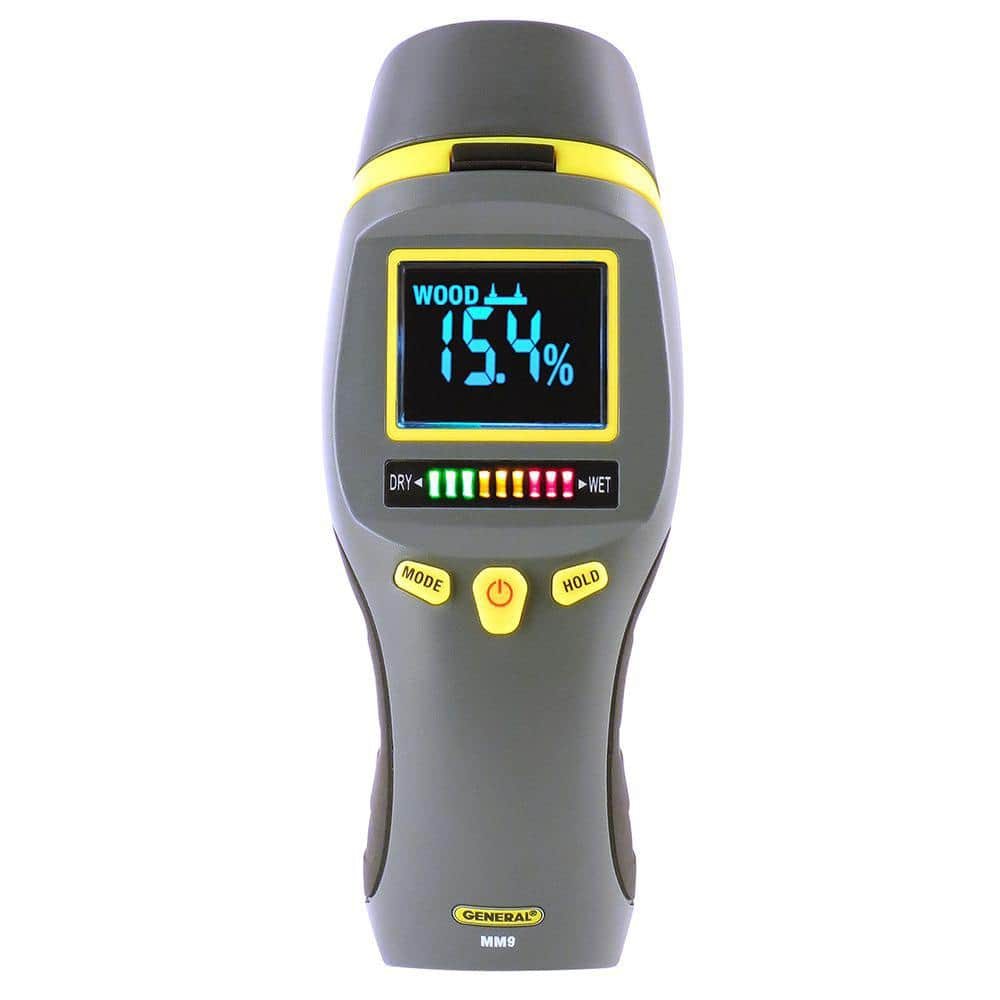Delve Into the Globe of Moisture Meters: Every Little Thing You Required to Know
In the realm of moisture meters exists a globe of precision and usefulness that commonly goes unnoticed. These tools, while relatively simple, hold a wide range of info that can considerably impact numerous industries and applications. Recognizing exactly how moisture meters run, the different types readily available, and their diverse usages can shed light on their importance in making sure high quality and efficiency. By checking out the intricacies of dampness meters, one can uncover a beneficial tool that goes beyond mere dimension, providing understandings that can make a substantial distinction in numerous fields.
How Moisture Meters Work
Moisture meters operate by gauging the electrical conductivity or capacitance of materials to establish the moisture content present. These meters are very useful tools across different markets, consisting of agriculture, woodworking, and construction. By utilizing different methods such as pin-type or pinless innovation, wetness meters supply exact analyses that aid specialists make educated choices.
Pin-type dampness meters function by placing the sharp pins right into the material being examined. The electric conductivity between the pins is then determined, with higher moisture levels resulting in enhanced conductivity. Moisture Meter. On the other hand, pinless wetness meters utilize electromagnetic signals to scan a larger location without causing any damage to the product's surface area. These meters are perfect for quickly assessing moisture degrees in huge areas or finished products.
No matter the method made use of, wetness meters play a critical function in avoiding issues such as mold and mildew growth, structural damages, or product defects triggered by excess moisture. Recognizing just how these meters work is essential for making certain the top quality and integrity of products in different applications.
Sorts Of Moisture Meters
Provided the critical duty moisture meters play in numerous industries, it is necessary to comprehend the different types offered to specialists for accurately analyzing moisture degrees - Moisture Meter. There are mainly 2 main kinds of dampness meters: pin-type and pinless dampness meters

On the various other hand, pinless wetness meters make use of electromagnetic sensing unit plates to scan a bigger area of the product without causing any type of damages. This type is ideal for rapidly scanning huge areas and is frequently made use of for floor covering, wall surfaces, and ceilings. Pinless meters are convenient for taking readings on completed surface areas without leaving any type of noticeable marks.
Both kinds of wetness meters have their benefits and are chosen based upon the details demands of the task handy. Understanding the distinctions in between these types is important for specialists to make precise dampness assessments.
Applications Across Industries
Building specialists depend on dampness meters to examine the moisture levels in structure materials like wood, concrete, and drywall, which is important for maintaining structural honesty and avoiding concerns like rot or mold. The floor covering industry uses dampness meters to measure the wetness web content in subfloors before setting up numerous floor coverings, protecting against costly problems due to excess dampness. In the food industry, wetness meters are made use of to monitor and manage moisture degrees in items such as grains, nuts, and dried out fruits to maintain freshness and high quality.
Tips for Using Moisture Meters
Use the dampness meter's calibration setups to guarantee precise analyses when gauging the dampness content in various materials. Calibration is vital for the proper performance of a wetness meter. Prior to each usage, it is advisable to check and adjust the calibration settings according to the particular material being evaluated. Additionally, make certain the meter is set to the appropriate wetness variety for the material you are measuring to obtain the most precise results.
When using a pin-type dampness meter, place the pins to the proper depth recommended for the product being checked. This makes sure that the wetness try this readings are extracted from the proper depth within the material, giving an extra precise representation of its dampness material. For pinless moisture meters, bear in mind to keep appropriate call with the product's surface to obtain trustworthy readings.
Routinely examine and replace the batteries in your moisture meter to avoid incorrect analyses due to reduced power. Store the meter in a risk-free and completely dry place when not in usage to prolong its life expectancy and preserve its accuracy. By complying with these tips, you can maximize the performance of your wetness meter and get accurate wetness web why not look here content measurements across different products.
Upkeep and Calibration
To make certain the accuracy of dampness web content measurements, regular upkeep and calibration of the wetness meter are crucial steps in its proper functioning. Calibration changes the dampness meter to make sure that it supplies regular and trusted outcomes.
Calibration should be performed regularly, especially if the wetness meter is utilized regularly or in critical applications where specific measurements are required. Many moisture meters come with calibration devices or can be calibrated by professional solutions. Moisture Meter. It is advised to maintain a log of calibration days and results to track the performance of the moisture meter with time. By adjusting the dampness and keeping meter frequently, users can trust the precision of the dampness content dimensions obtained.
Conclusion

To conclude, moisture meters play a vital duty in various sectors by accurately determining the dampness web content of materials. find out here Understanding exactly how these gadgets function, the various kinds available, and proper maintenance and calibration are important for getting trustworthy results. Whether in manufacturing, farming, or building and construction, using moisture meters assists guarantee top quality control and efficiency in processes.

In final thought, moisture meters play an essential role in numerous markets by accurately measuring the dampness material of materials.